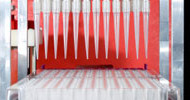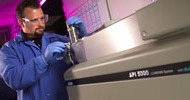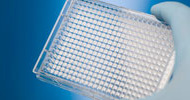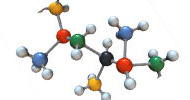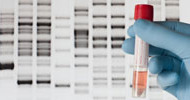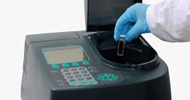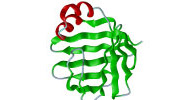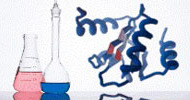Description
Redd&Whyte Preddator System on Booth #231 Achieves Validated CVs of less than 1%Bury St Edmunds, UK: Redd&Whyte, an expert supplier of liquid handling automation for drug discovery and life science research applications today announced it is showing its Preddator liquid handling system for dispensing even difficult to pipette liquids into microplates on Booth #231 at the Society for Laboratory Automation and Screening (SLAS) 2013 Conference in Orlando, USA. The system, which features unique dispense head technology, achieves less than 1 % CVs at nanolitre volumes, ensuring scientists can save time and reagent costs by generating consistent low-volume microplate assay results time after time.
The Preddator system on show at SLAS2013 recently underwent rigorous independent microplate dispensing performance checks with the National Institute of Standards and Technology (NIST) approved Artel MVS® multichannel verification system. These tests showed that Preddator can achieve an accuracy of 0.69% CVs at 500 nl, across 384-well plates, which ensures researchers can use Preddator to reduce assay reagent volumes with confidence and potentially cut the expense of each assay to deliver substantial cost savings in for example, high throughput screening programmes.
The Preddator on Booth #231 is also the only automated commercial nanolitre microplate dispenser that can reliably pipette difficult to dispense substances such as DMSO, oils, detergents and gels, as well as cells, proteins and other biological samples. On the booth, Redd&Whyte’s experts will explain how Preddator’s unique dispense head is designed with a solenoid to work continuously, saving scientists time as they can leave Preddator unattended when dispensing viscous reagents or cells, without worrying about blockages and inaccurate assay data which can result from inconsistent dispensing.
Roger Poole, Managing Director of Redd&Whyte commented: “We’re delighted to be showcasing our Preddator system at SLAS2013. This dispenser has been developed with scientists at two major pharma companies over two years so now to be delivering unrivalled percentage CVs that are between 5-10 fold better than any other low-volume microplate dispenser commercially available is an excellent achievement.”
Poole added: “We look forward to meeting researchers on Booth #231 that need robust and reproducible low-volume dispensing performance with even difficult viscous liquids and to discussing how using Preddator will help them significantly reduce their reagent costs, while increasing productivity and the quality of data from their assay screening programmes.”




























